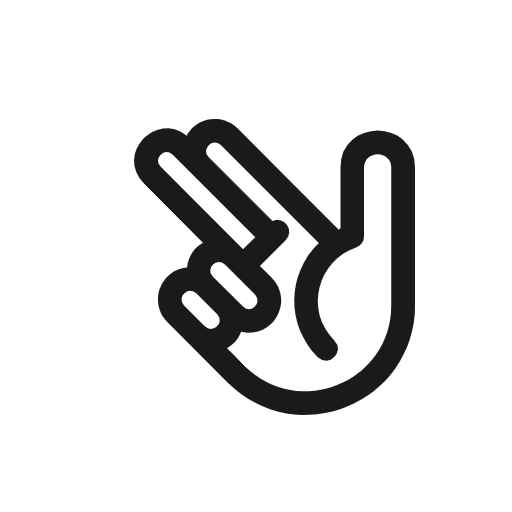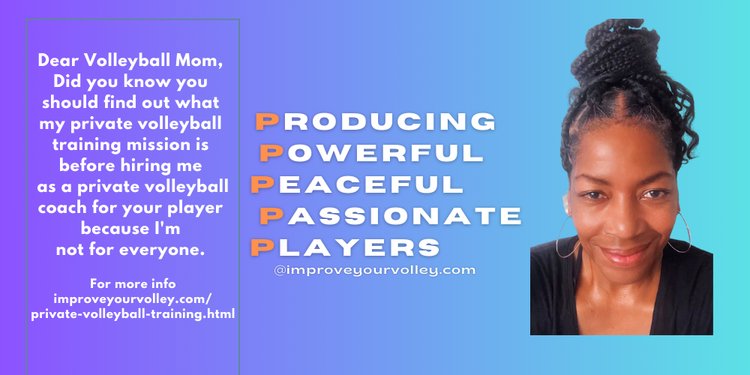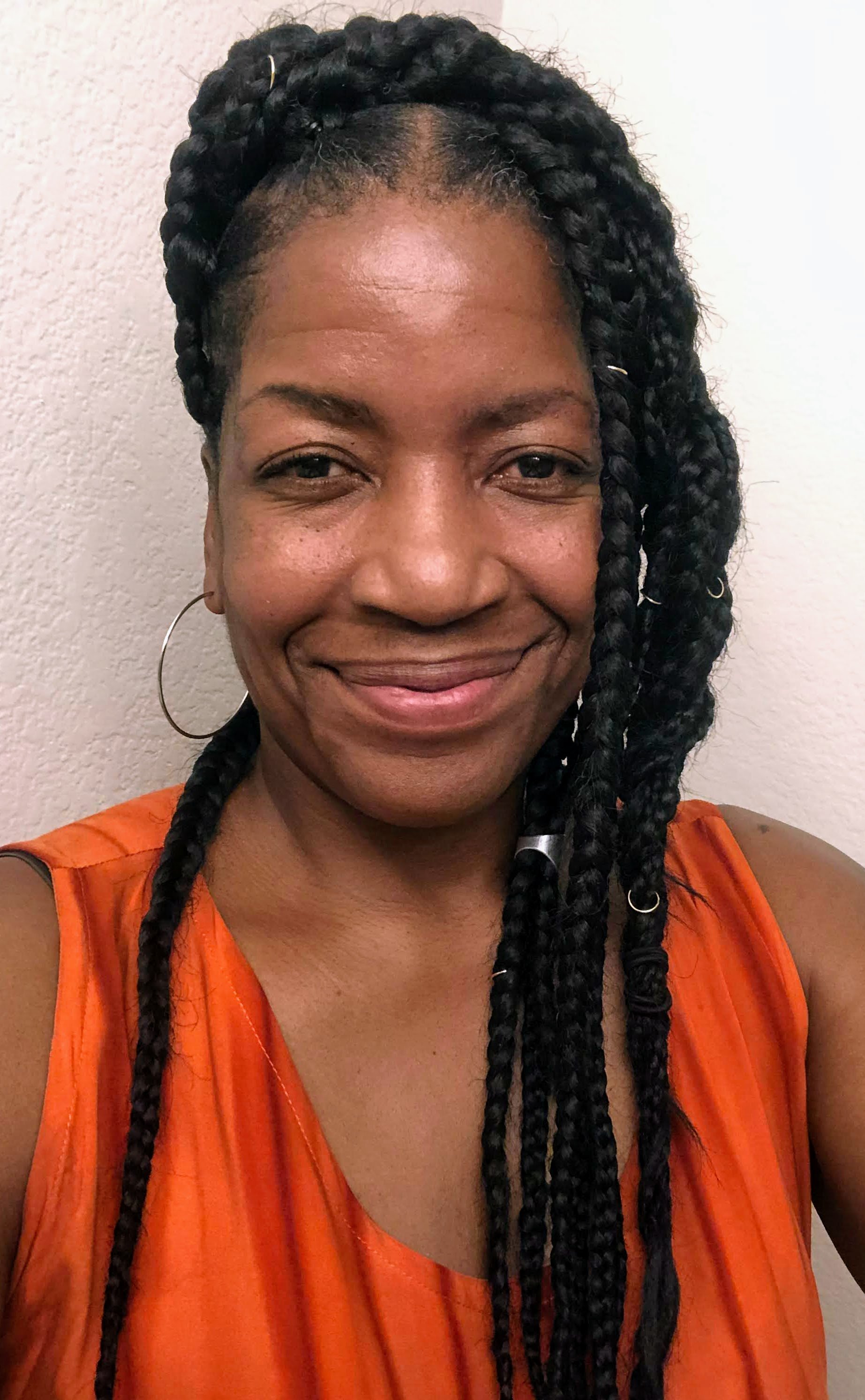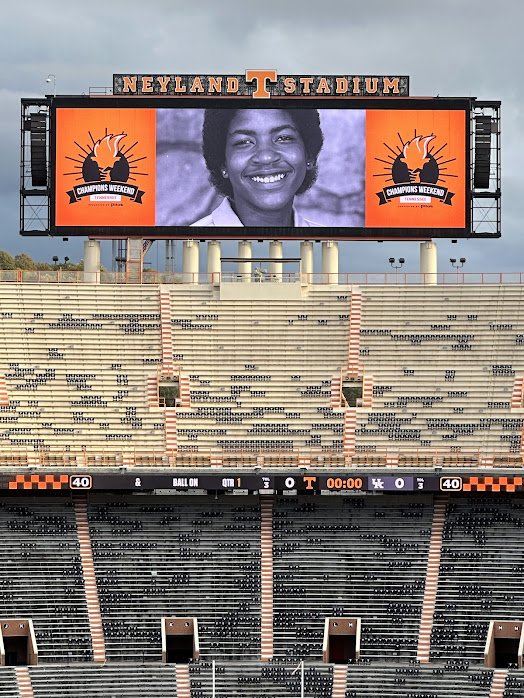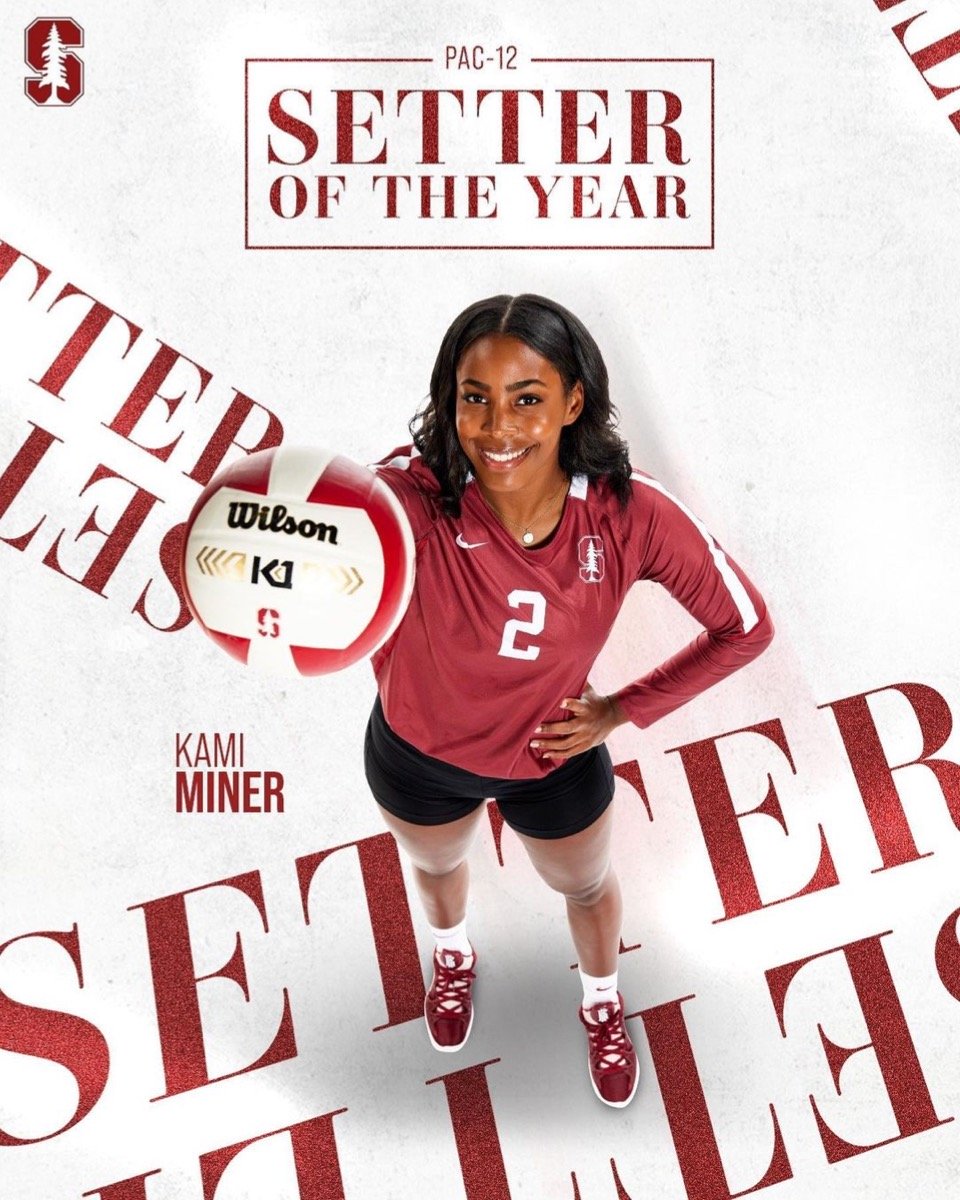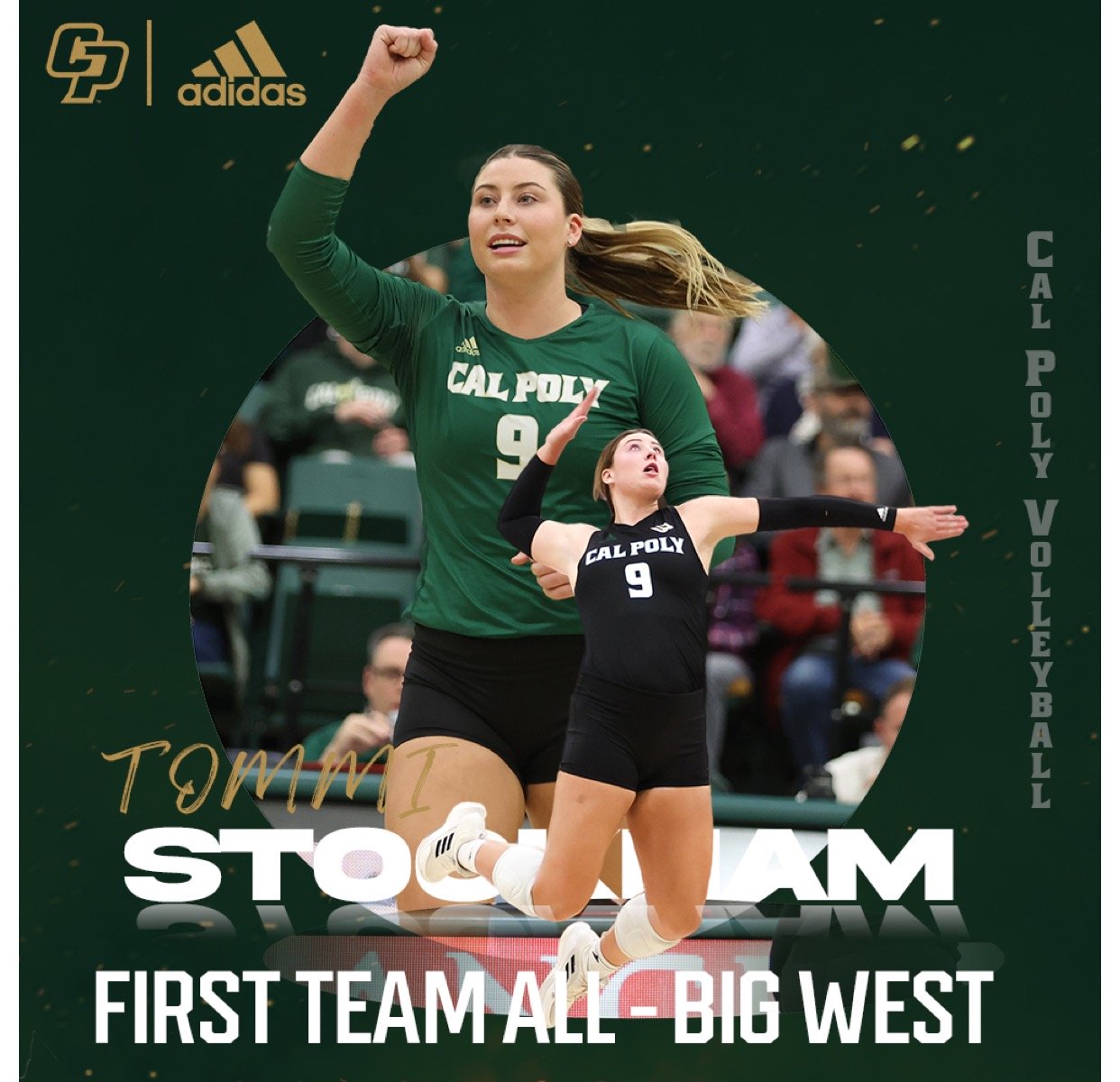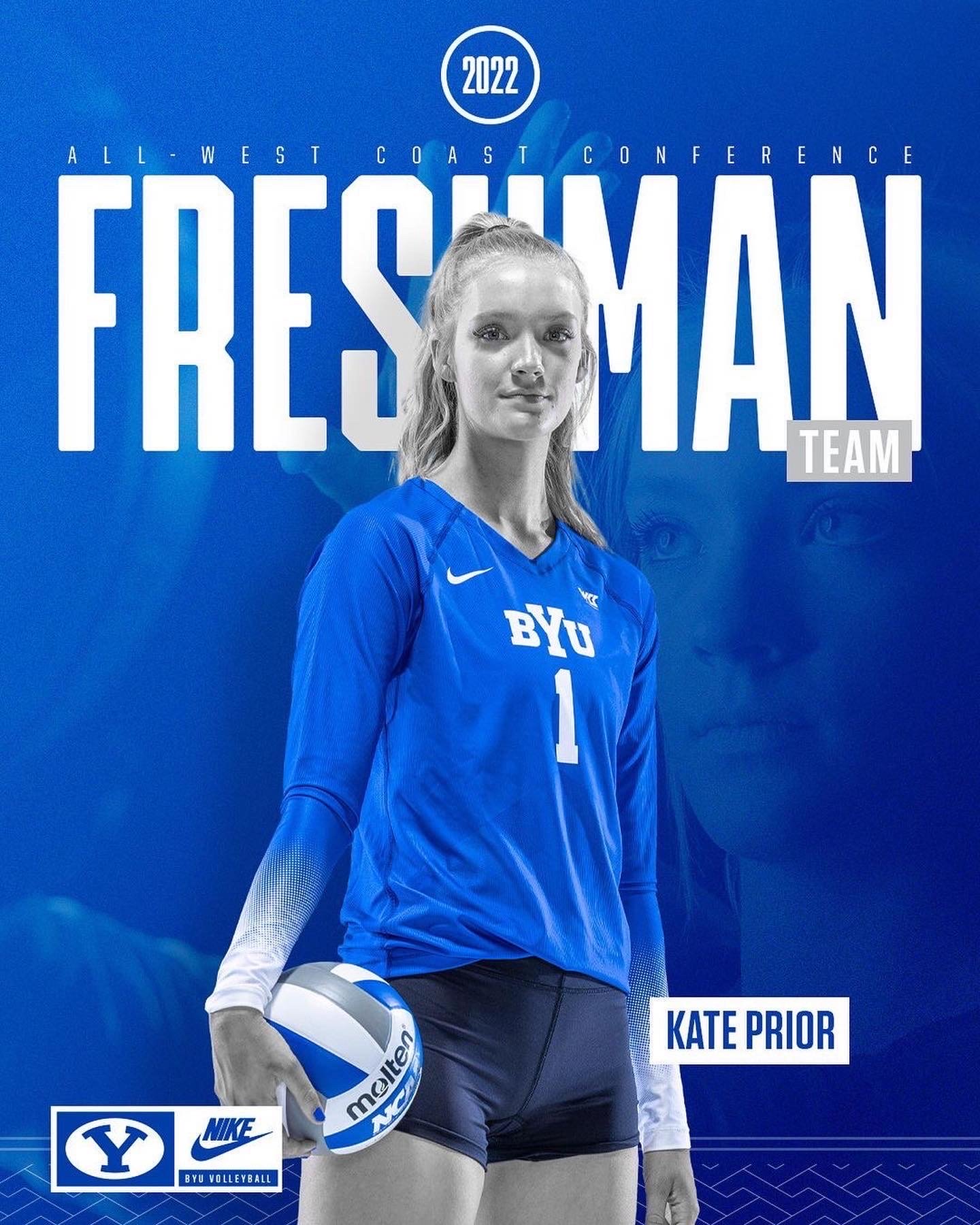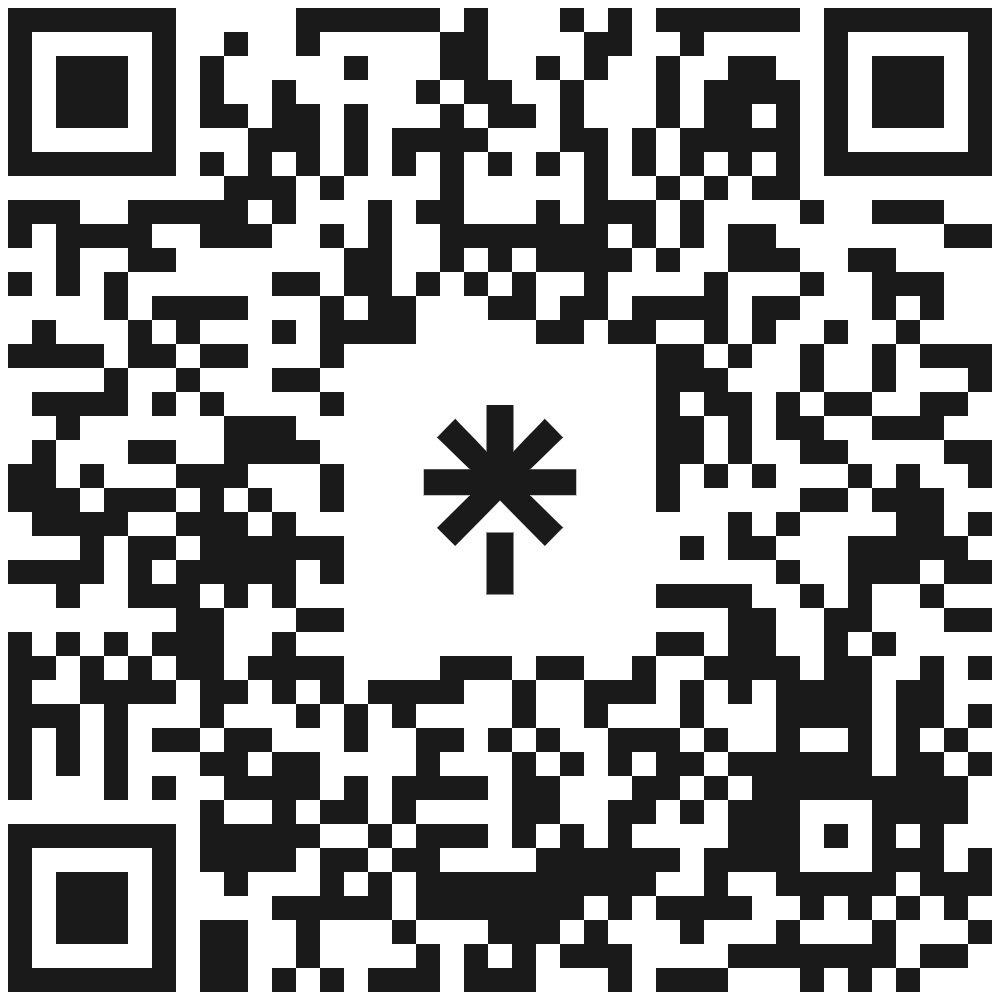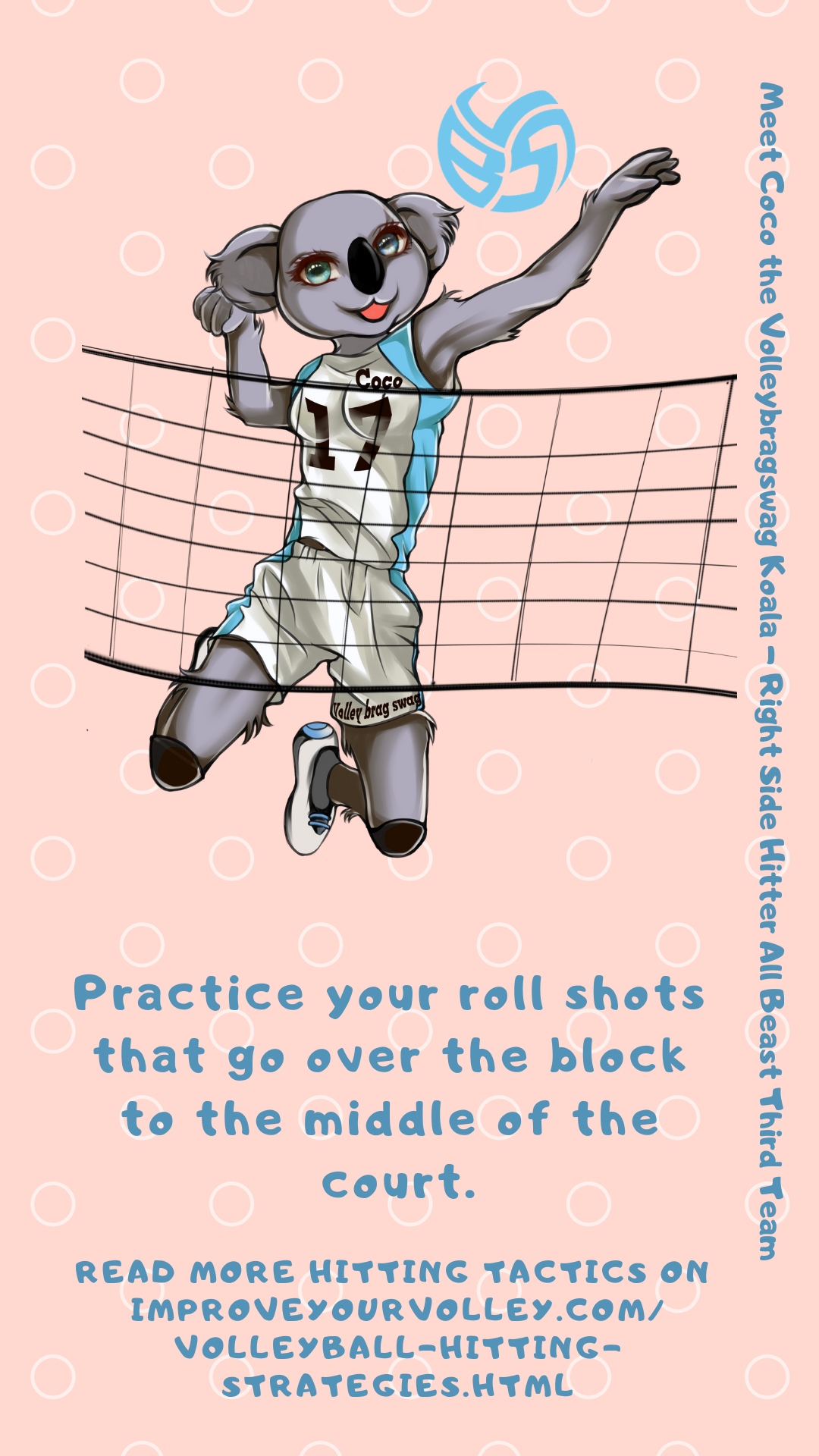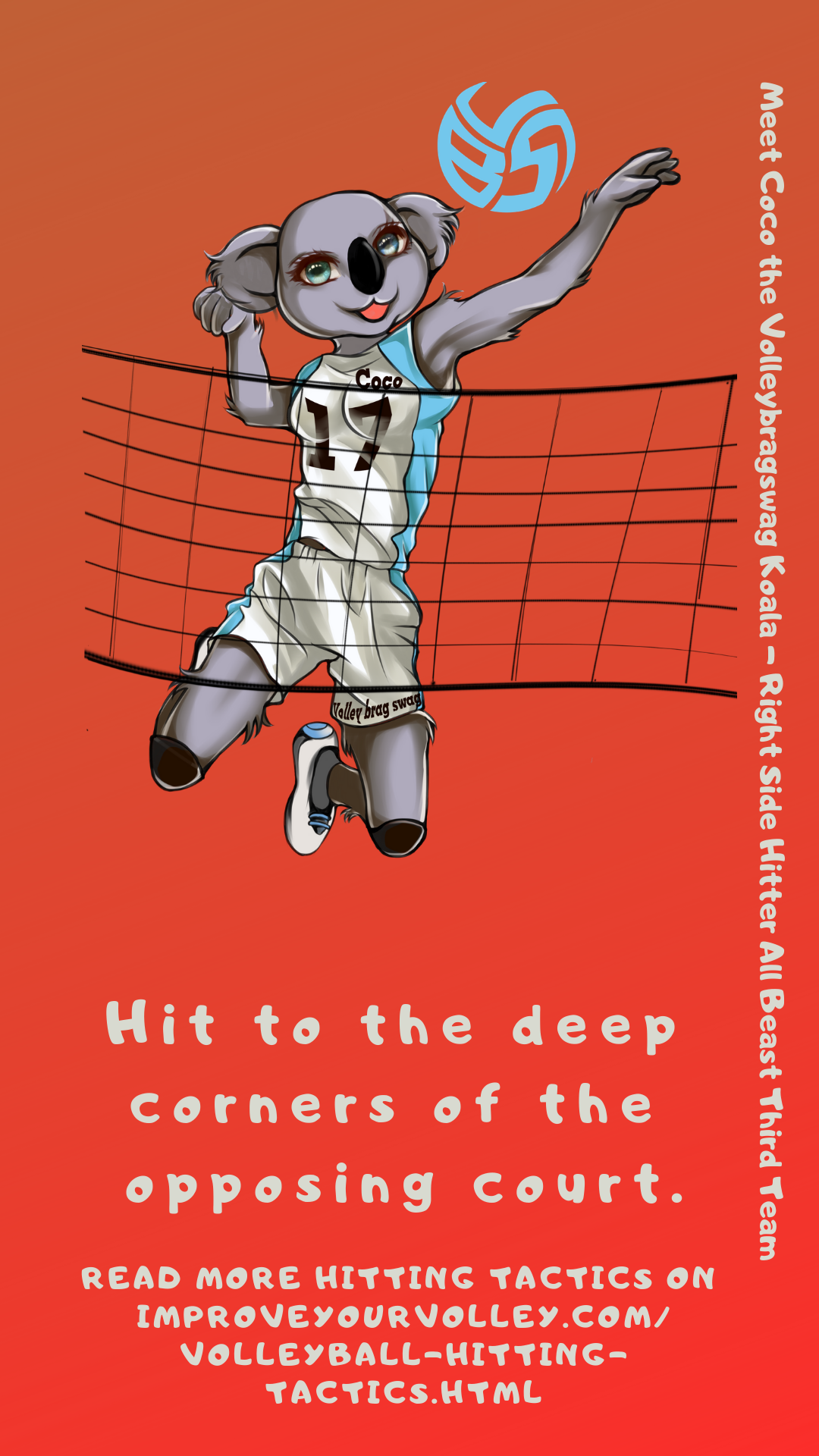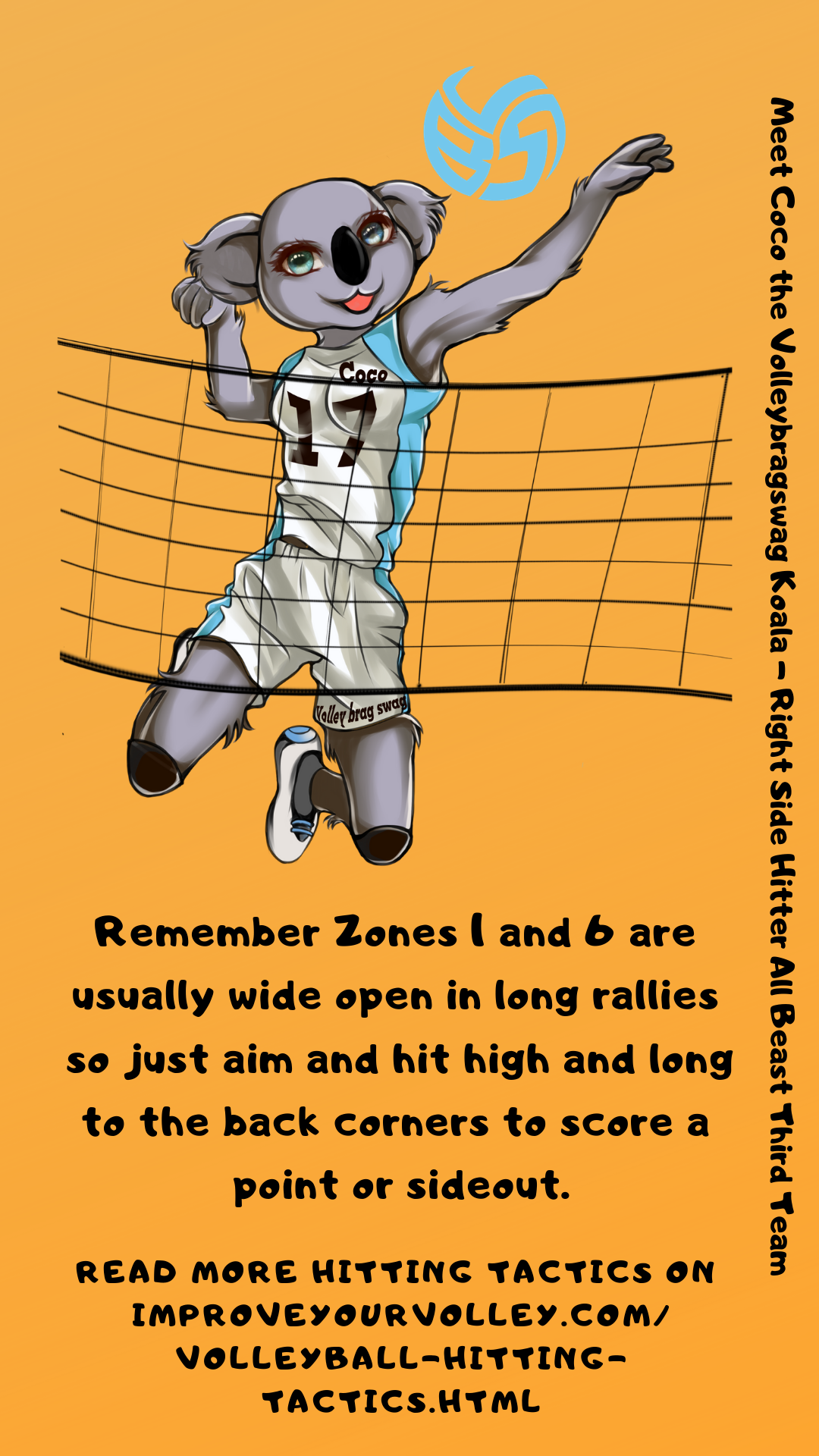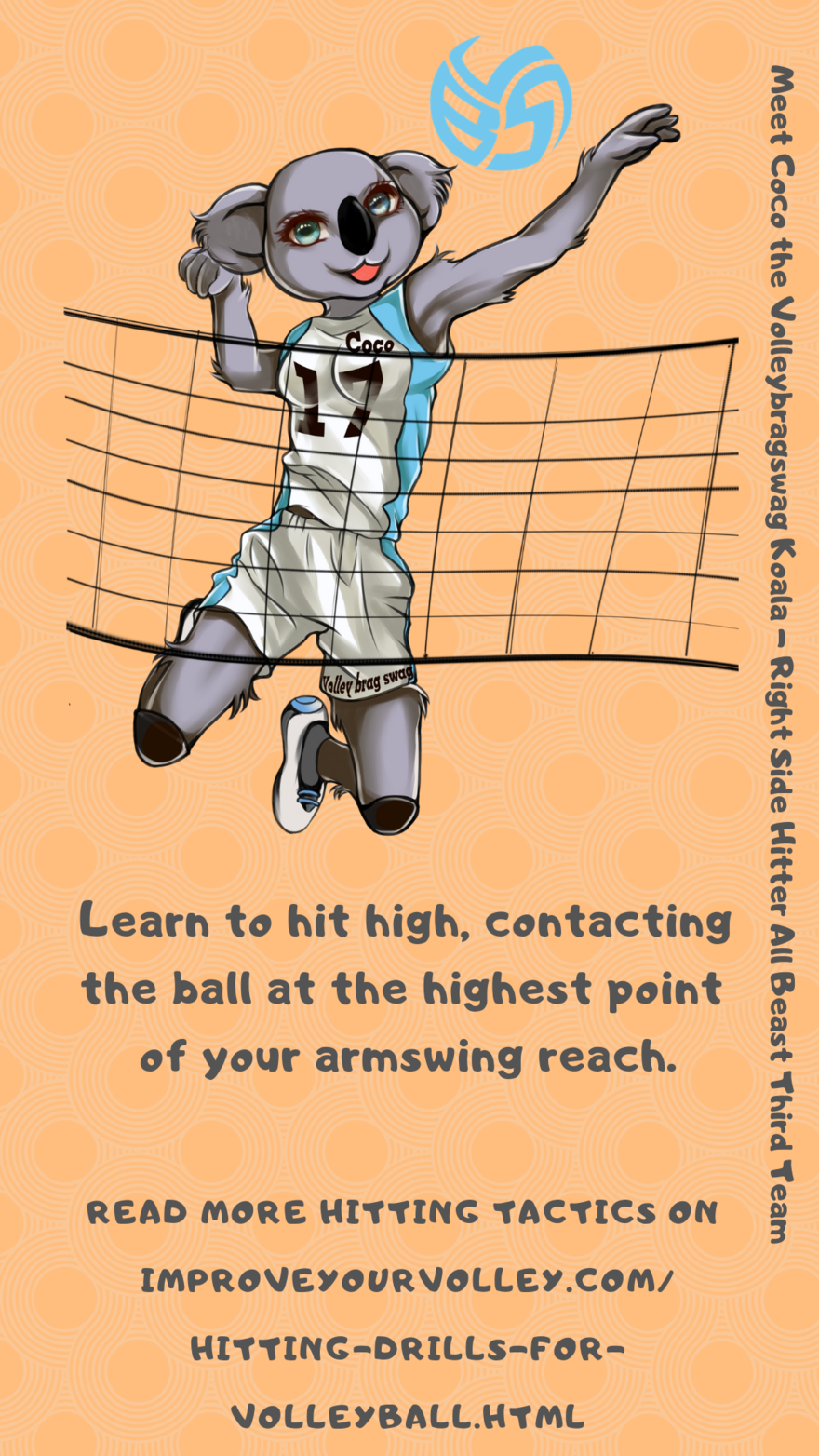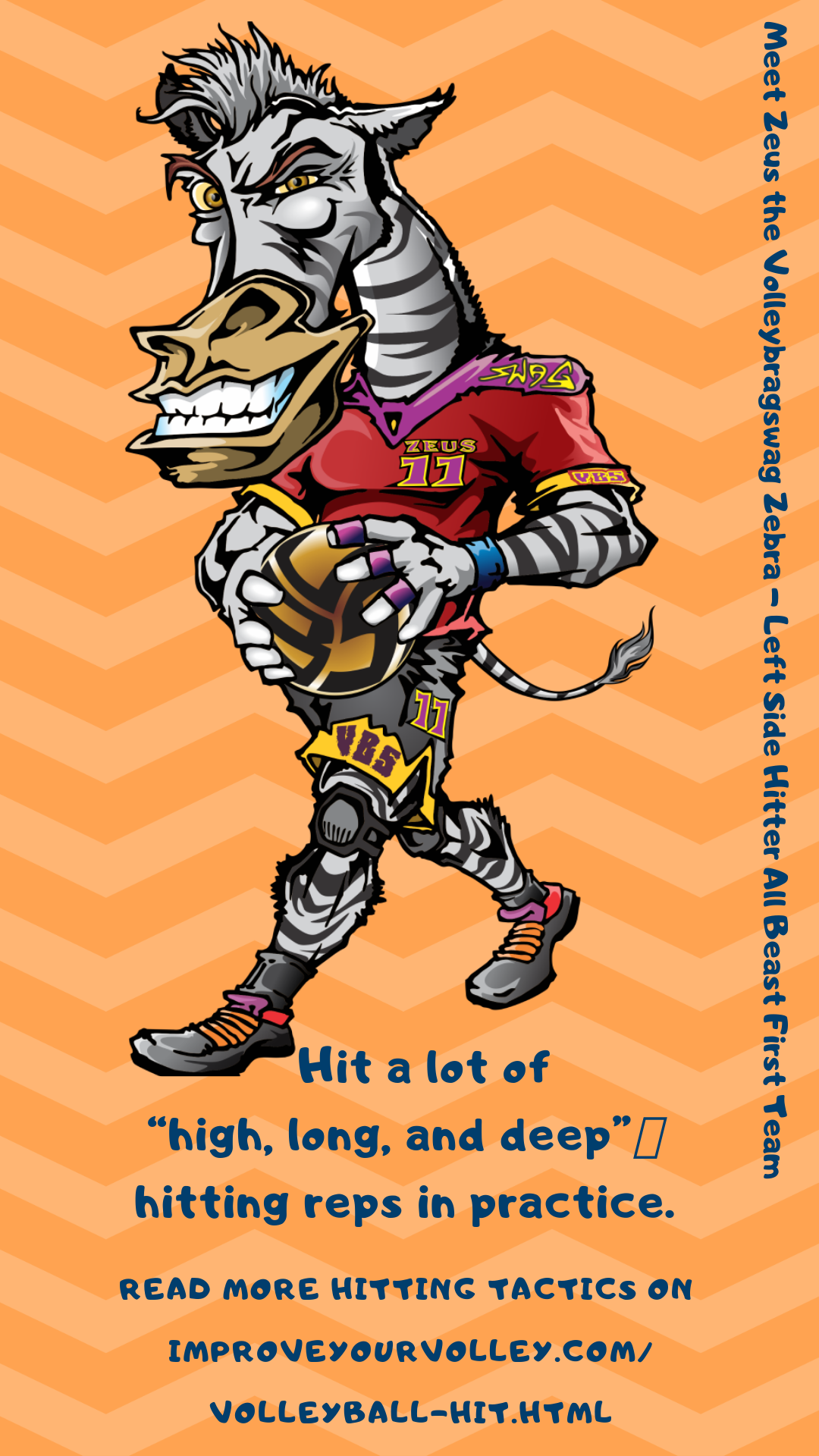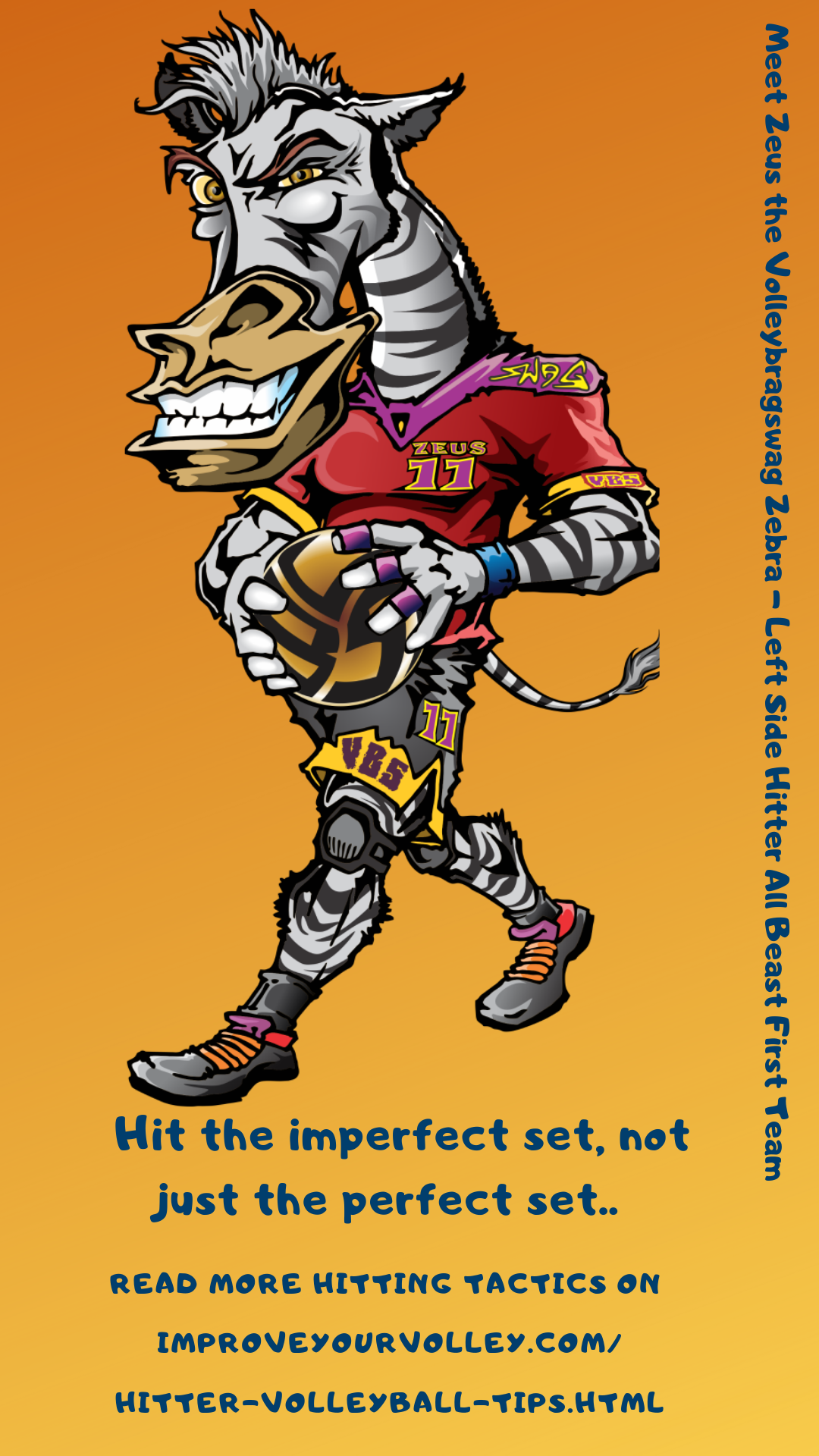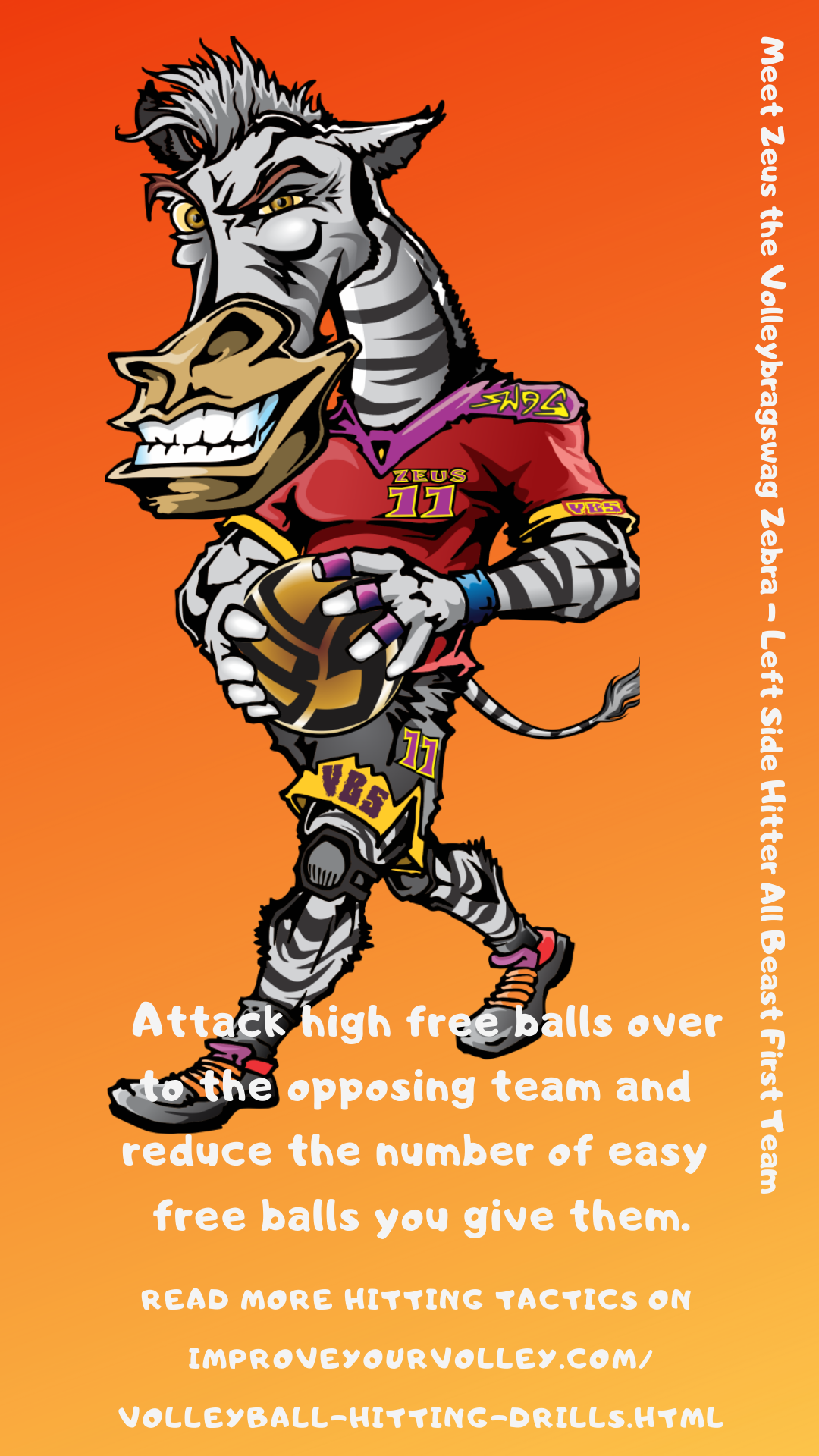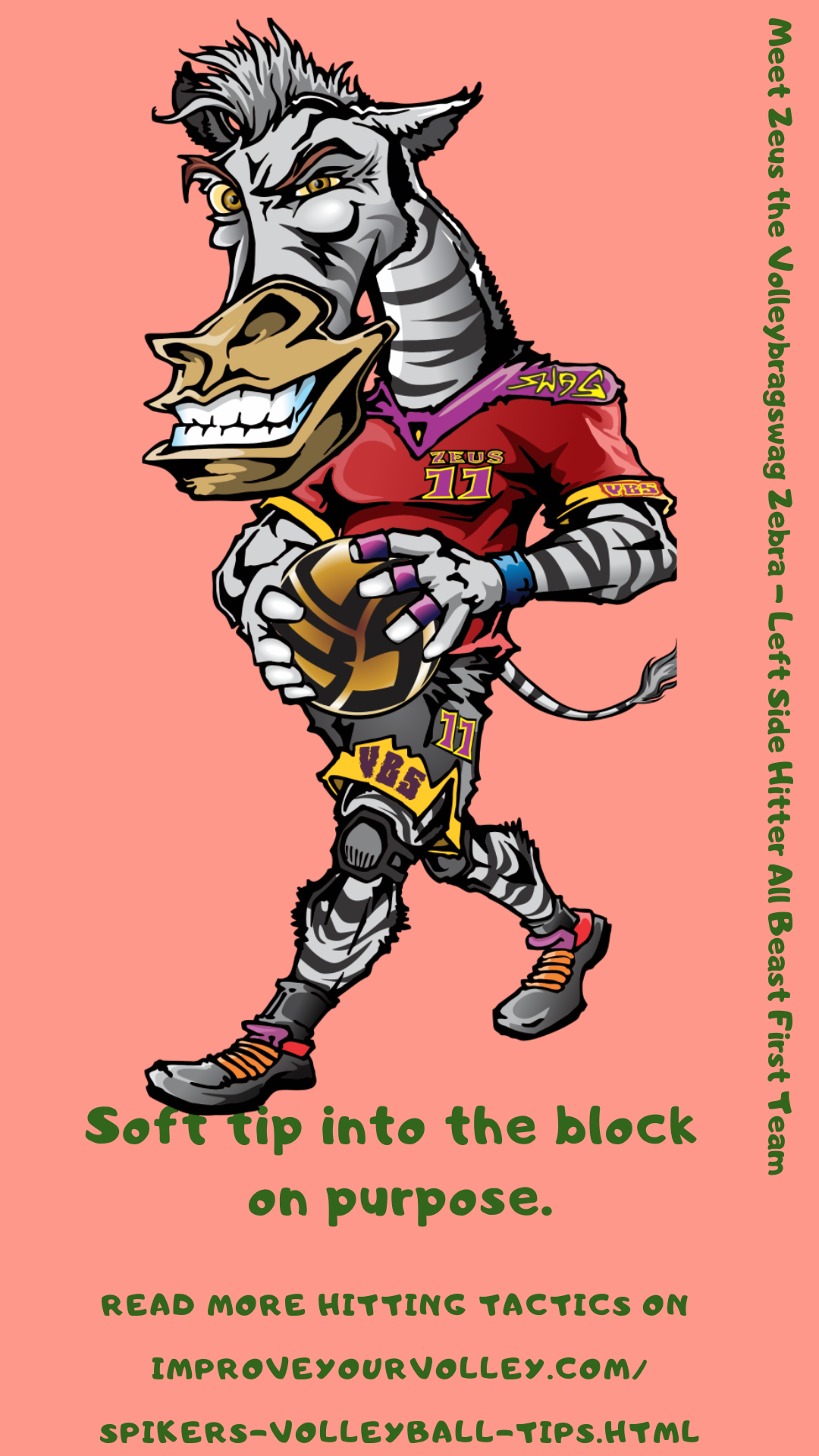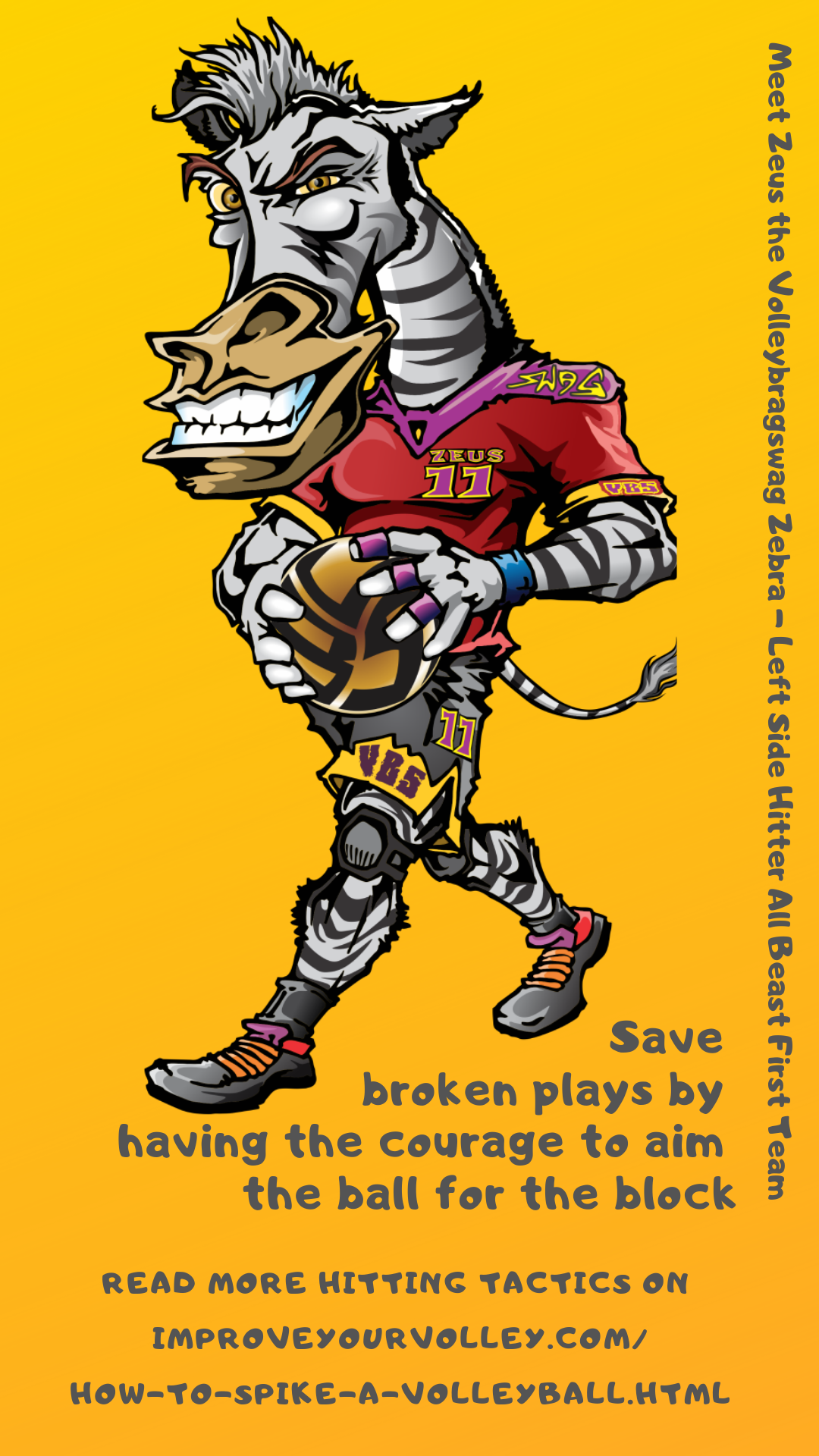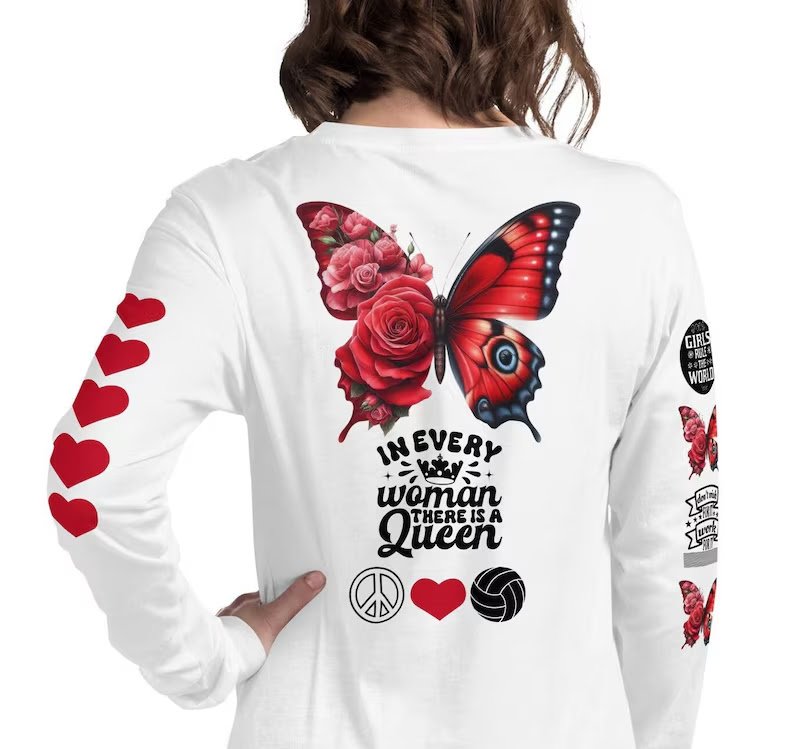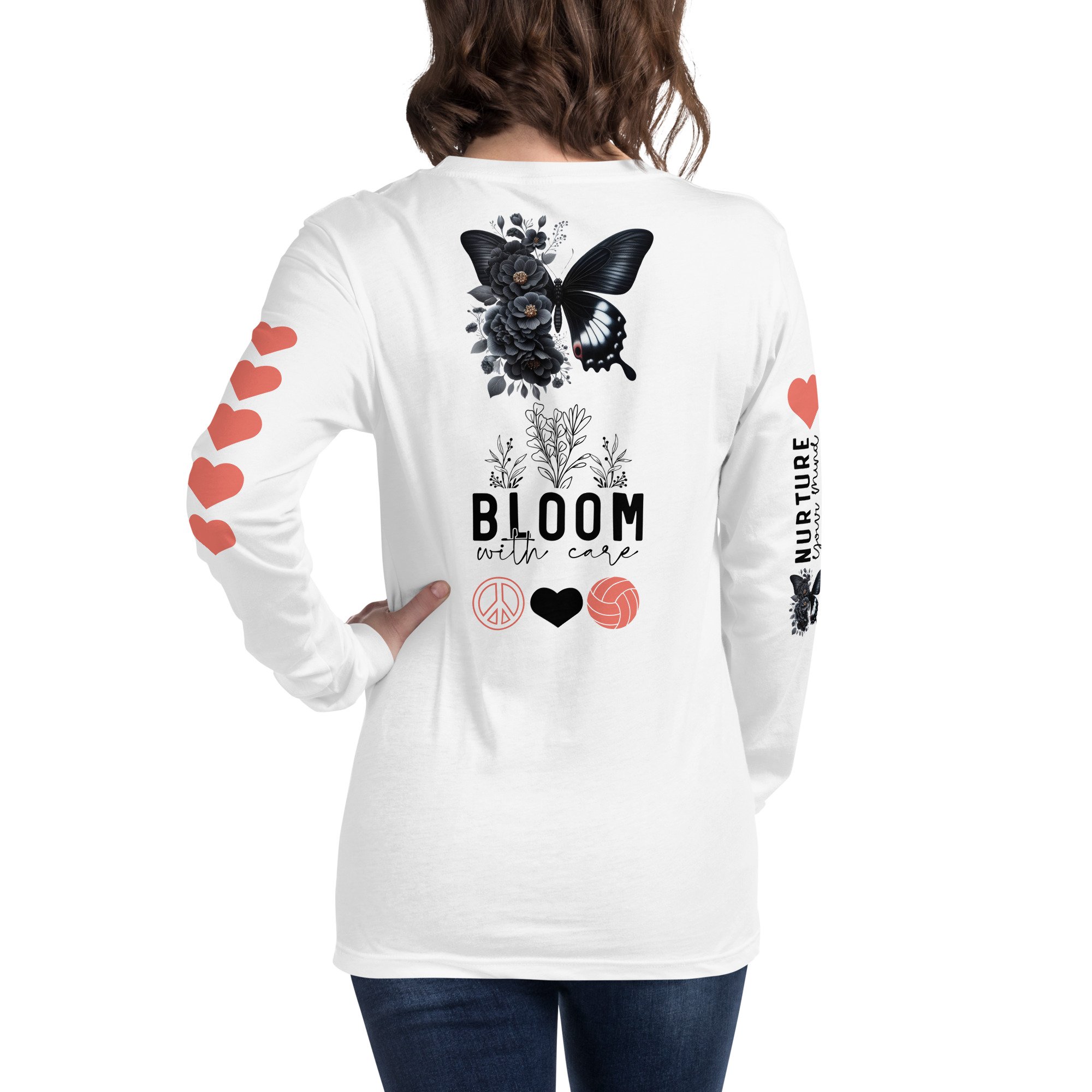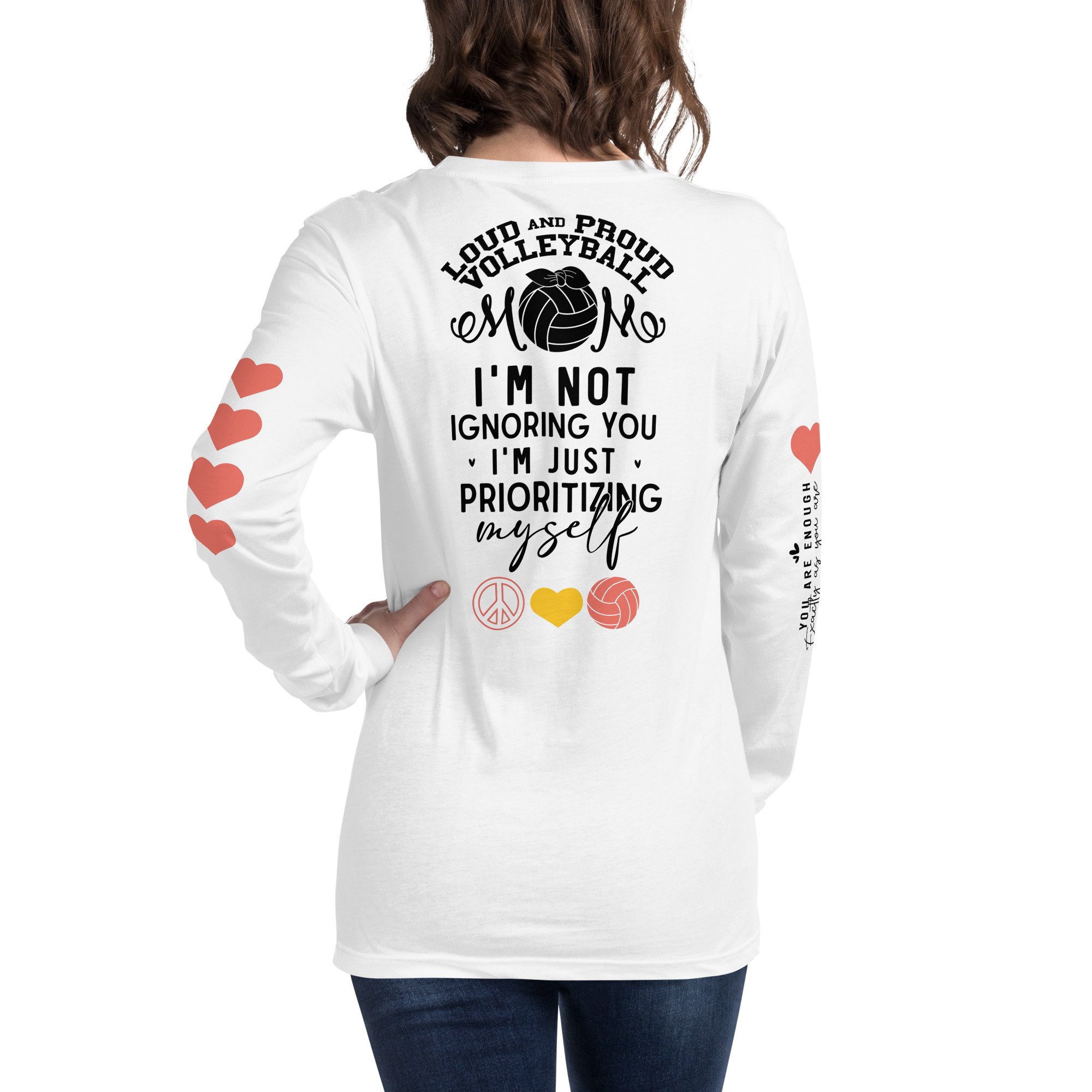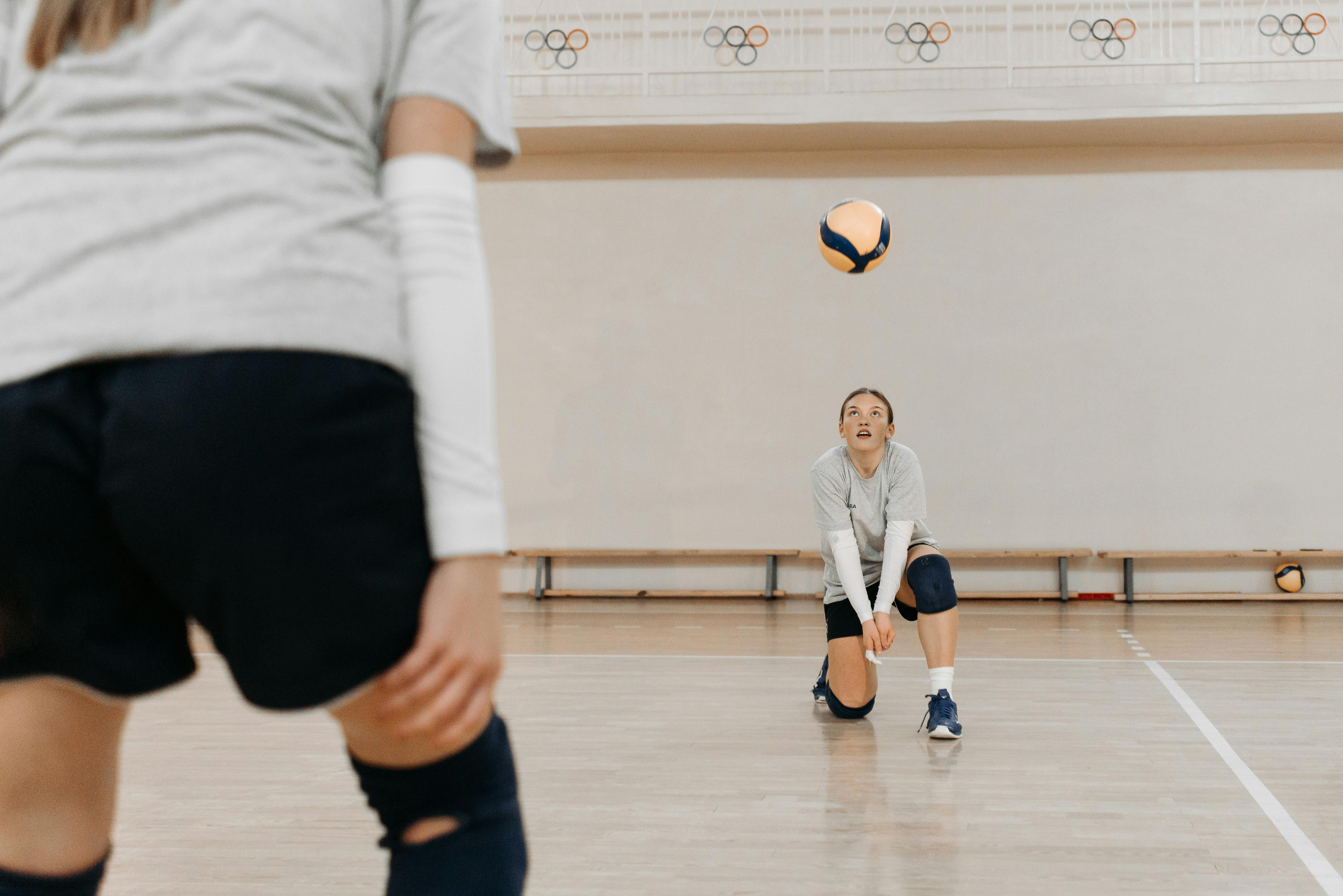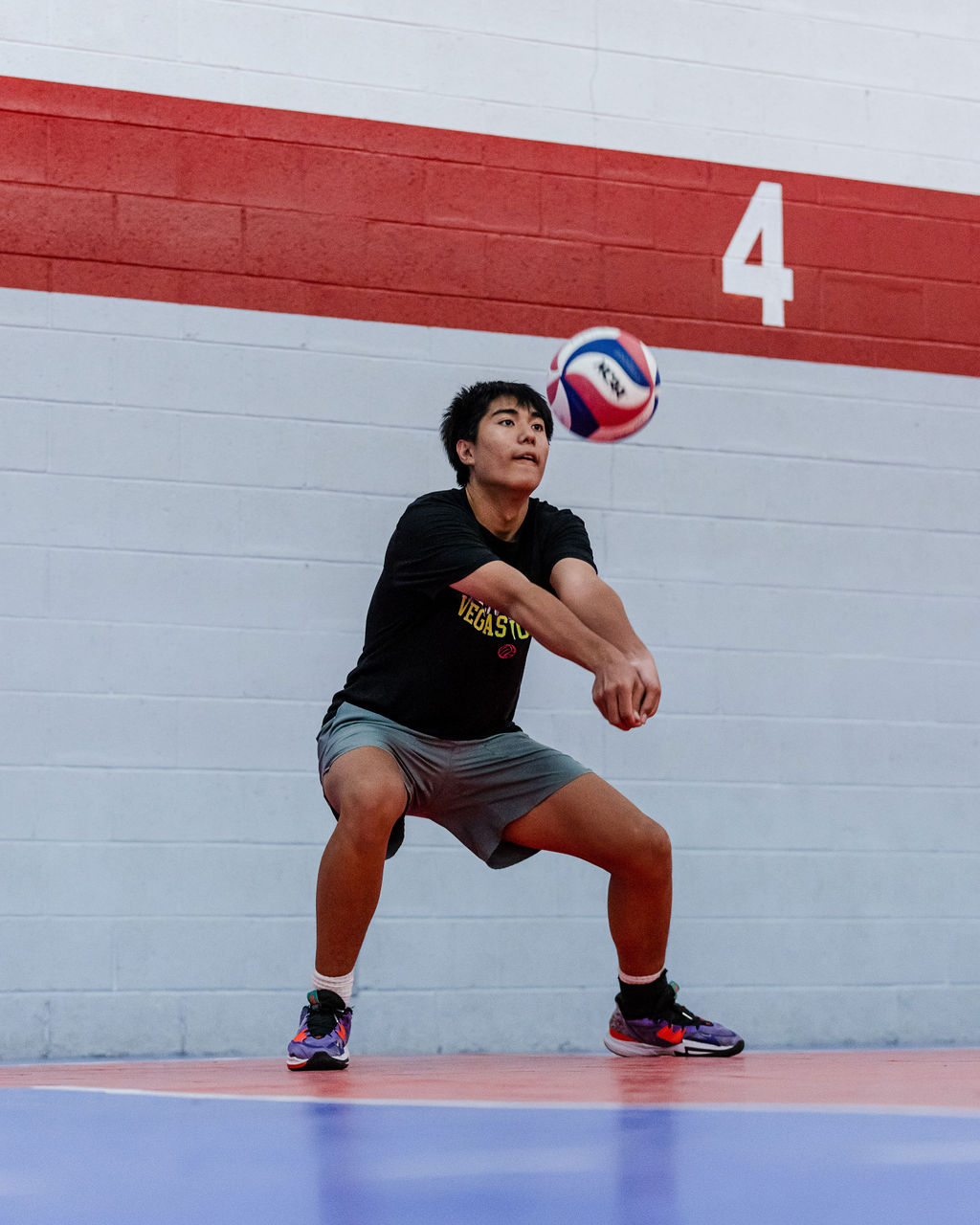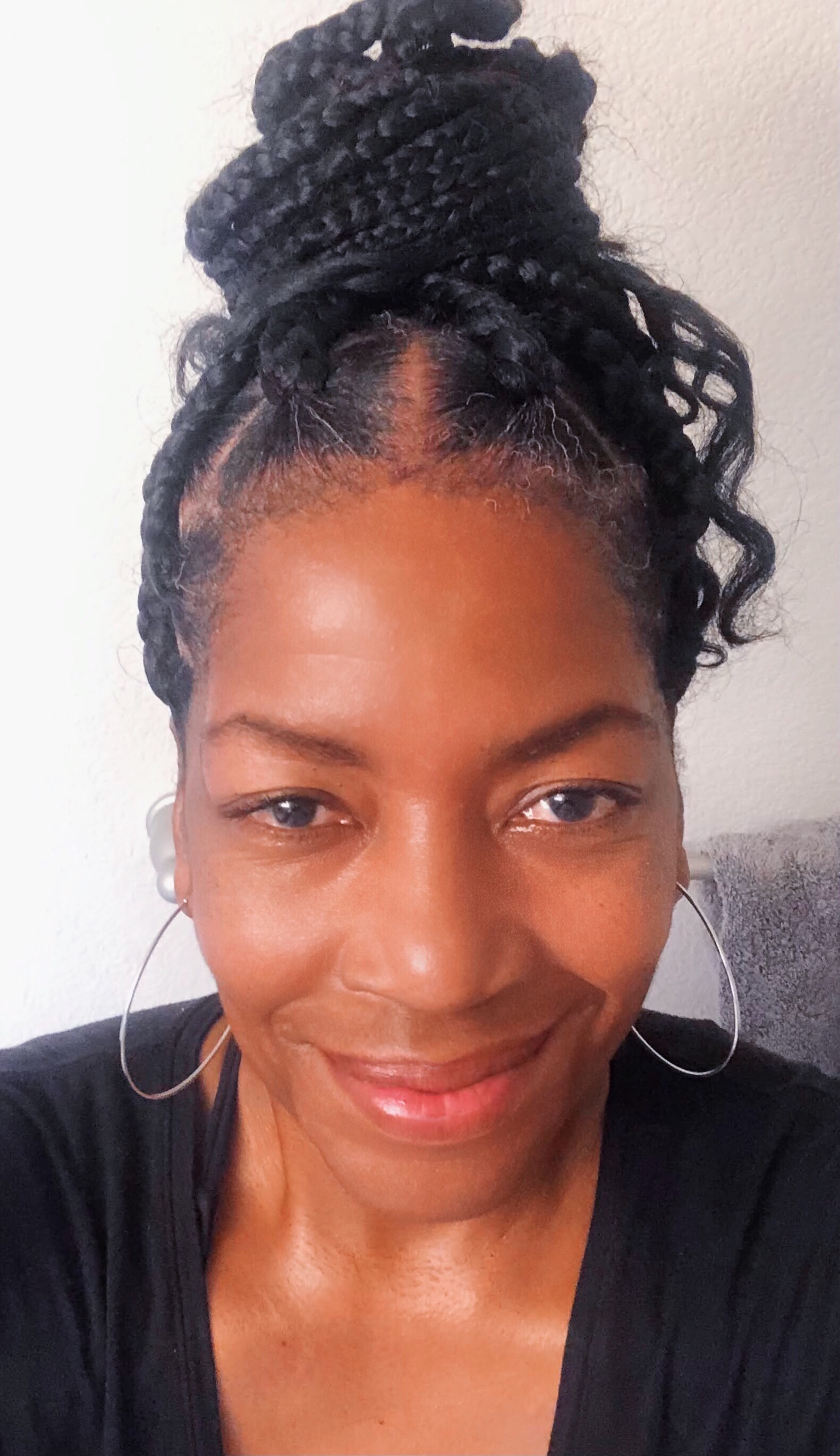- Improve Your Volleyball with Coach April
- Volleyball Plays
- Volleyball Hand Signal
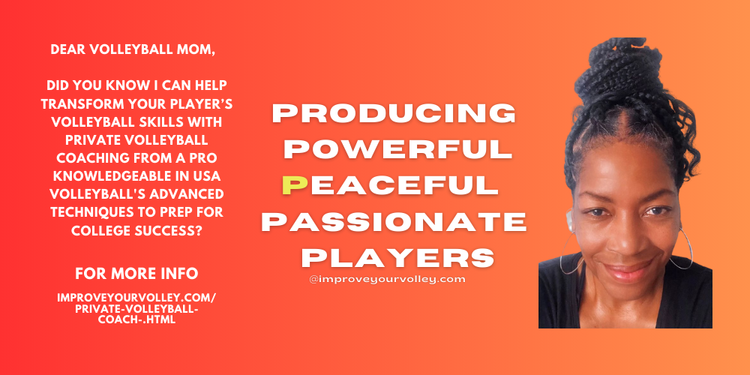 Dear Volleyball Mom,
Do You Know What Sets My Private Volleyball Training Apart From Anyone In Vegas?
I invite You to read what my private volleyball training mission says before considering hiring me as a private volleyball coach because I'm not available for everyone.
Dear Volleyball Mom,
Do You Know What Sets My Private Volleyball Training Apart From Anyone In Vegas?
I invite You to read what my private volleyball training mission says before considering hiring me as a private volleyball coach because I'm not available for everyone.Volleyball Hand Signal: Fast Plays Setters Run To Zone 4, Z3, and Z2
Learn the volleyball hand signal used by setters to call fast offensive sets to run plays to their left, middle and right front hitters in zone 4, z3, and z2.
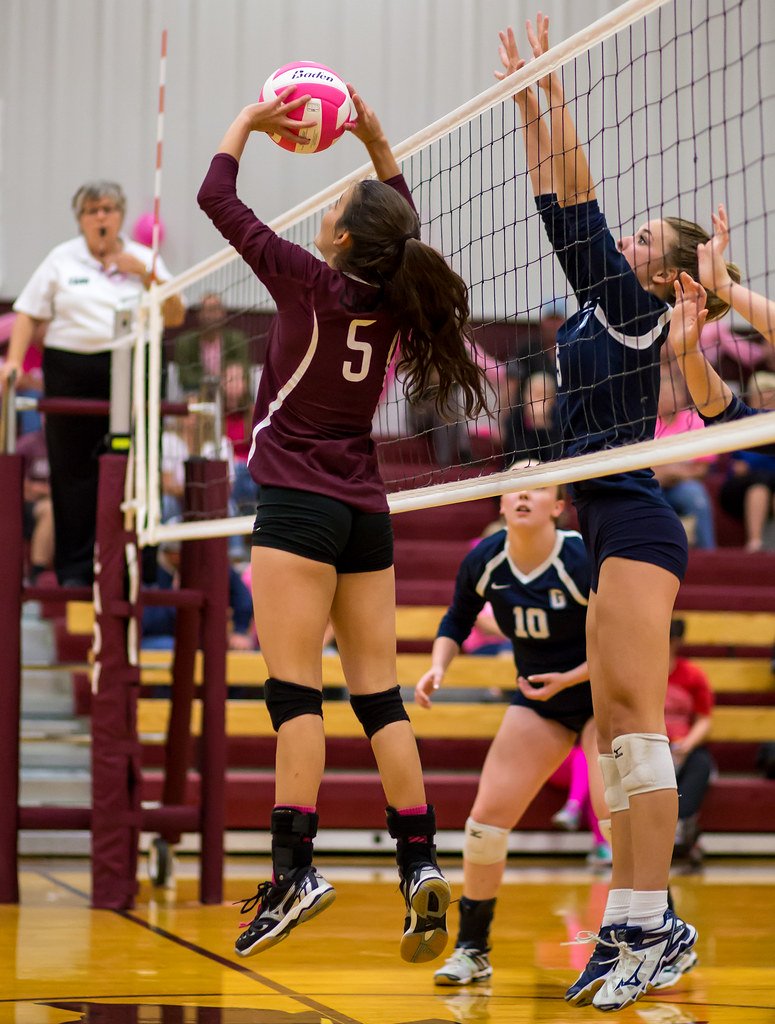 The Volleyball hand signal is used by the setter who is responsible for running her team's offense to communicate the type of sets they will have to hit. (Ralph Aversen)
The Volleyball hand signal is used by the setter who is responsible for running her team's offense to communicate the type of sets they will have to hit. (Ralph Aversen)While fast sets are lower to the net, slow sets are higher sets pushed 8 - 10 feet well above the top of the net.
Each player on offense will get a hand signal as to the type of set they will get.
When all the hitters are each given a different set to run at various locations along the net and they run the play together that's called a "combination play."
Volleyball Setter Hand Signals For Plays To Zone 4:
Fast Sets To The Outside Hitter
The most common volleyball offensive plays set to the left side:
- The volleyball hand signal for the "Hut" varies with each team but for the most part the setter will wave their right hand across their chest for the left side outside hitter to see the call
- The "Hut" is a medium high/medium speed rainbow shaped set that falls just inside the left antenna after peaking 5-6 feet above the net
- The volleyball hand signal for the "Go" - a fast speed/low set with little-to-no-arc that falls inside the left antenna after peaking 3-5 feet above the net - is usually the forefinger and the thumb which the setter wiggles like a gun to show that this is a super fast speed set to the outside.
- The volleyball hand signal for the "32" set has all five fingers together curved like an umbrella or like a rainbow.
- The "32" is a medium speed, medium height umbrella shaped rainbow set that's run as a combination play with the "31"
- The setter will signal the middle blocker to run a "31" and will give the hand signal to the outside hitter to run the "32" at the same time. This play is designed for one player to be coming down from their spike approach (the mdidle blocker) as the outside hitter is going up for there's.
- The location of this combination play is always between Zone 3 and Zone 4 about 4-5 feet in front of the setter.
The Volleyball Hand Signal For Plays To Zone 3:
Quick Sets To The Middle Blocker
- The volleyball hand signal for the "A" set which is also called a "Back one" is the pinkie finger standing up with all the other fingers down and shown to the middle blocker and/or opposite hitter who runs the offensive play with the high speed set 1-2 feet high that falls just behind the setter's back
- The volleyball hand signal for the "31" set is usually 3 fingers held up for the 3 set also known as the 31 set - a high speed set that falls just 4-5 feet away from the setter between Zone 3 and Zone 4 after peaking one foot above the top of the net
- Some setters call the 3 by pumping the thumb like a trigger finger while keeping the forefinger and middle finger together pointed like a gun
- The hand signal for the "2" set is usually 2 fingers held up for this medium tempo ball - that falls just in front of the setter usually in Zone 3 after peaking 2-3 feet above the top of the net
- Some teams differentiate between keeping these two fingers together or breaking them apart

The "Back Two" is a two set located two feet right behind the setter and is often run to Zone 3 or Zone 2 and given to the middle or the opposite hitter.
Similar to the hand signal for the Back One the Back Two is called with the pinkie and the Ring finger raised while the thumb holds down the other two fingers.
The Volleyball Hand Signal For Plays To Zone 2:
Fast Sets To The Opposite/Right Side Hitter
- The "slide" is called with the "Hang Loose" sign with fingers shaped like a "Y" shown to the middle blocker and/or opposite hitter who runs the offensive play with the high speed set 1-2 feet high that falls just behind the setter's back
- This is a flat high speed back set that falls just 4 - 5 feet away from the setter between Zone 3 and Zone 2 after peaking 1-3 feet above the top of the net.
The setter calls the "Red" set with a closed fist that taps the front of their chest.
The "Red" is a medium speed umbrella shaped back set that falls just 3-4 feet away from the setter towards Zone 2 after peaking 1-3 feet above the top of the net and falling just inside the antenna closest to the second referee.
The Red set is also known as a back shoot set.
- Improve Your Volleyball with Coach April
- Volleyball Plays
- Volleyball Hand Signal
SUSCRIBE
To My Email Newsletter Below!
From Lady Vol to Legend: Coach April Produces Powerful Passionate Players...is that you?
Congratulations to my seven Boys-18s Vegas Volley club players who played in two state championship finals yesterday, the 3A and 5A State champinship finals at Sunrise Mountain High School.
TOURNAMENT CHAMPIONS!
A-1 Vegas Volley VBC
In It To Win It Tournament
May 2 - 4, 2025 Tournament
Gold Medalists
18s Premier Division
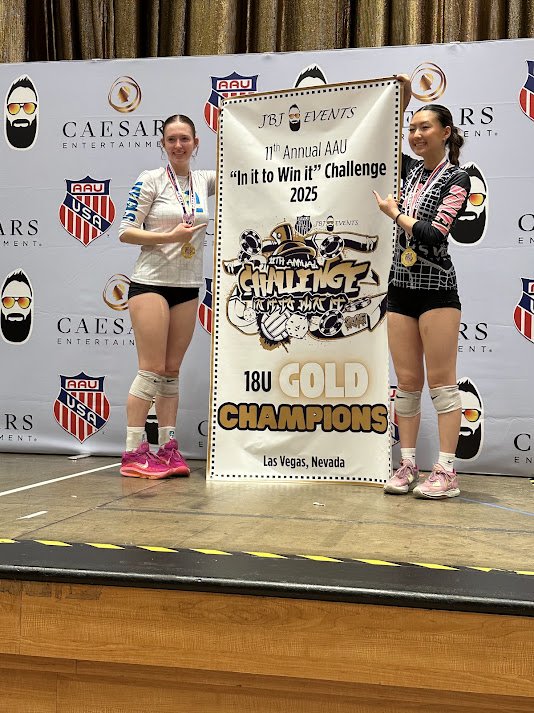 Making A-1 Vegas Volleyball history as the very first TOURNAMENT CHAMPIONS! In the In It To Win It Tournament,
May 2-4, 2025 Tournament,
A-1 Vegas Volleyball Club
Gold Medalists, 18s Premier Division
Making A-1 Vegas Volleyball history as the very first TOURNAMENT CHAMPIONS! In the In It To Win It Tournament,
May 2-4, 2025 Tournament,
A-1 Vegas Volleyball Club
Gold Medalists, 18s Premier DivisionWhat Are You Looking For?
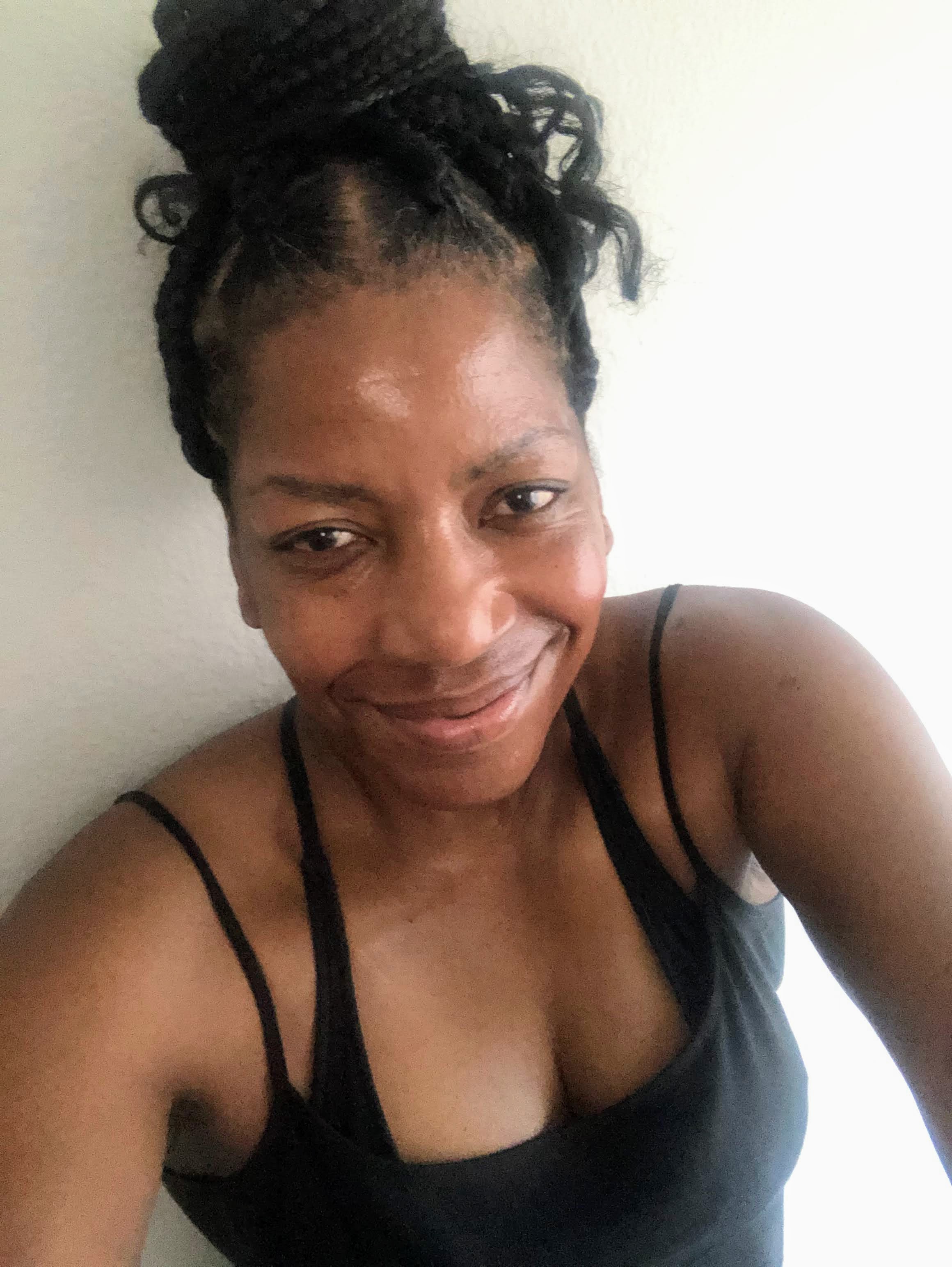
Hi there!
Thanks for stopping by. Hope you learned something today that will help you reach your volleyball goals.
Be sure to subscribe to my email newsletter so you can learn more each week!
Stay strong! Stay motivated!
-Coach April

SUSCRIBE
to my email newsletter below!
Vegas Volleyball's Unsung Heroes: Celebrating Moms with Peace Love Volleyball Shirts
Ready to energize your volleyball mom journey?
Subscribe to my 'Producing Powerful Passionate Peaceful Players' email list above on ImproveYourVolley.com.
You'll receive energy-boosting tips, exclusive insights from me, Coach April Chapple on maintaining momentum in volleyball.
Let's power up the Vegas volleyball scene together!
Recent Articles
-
How To Improve Serve Receive and Get More Playing Time in Volleyball
Jul 06, 25 02:27 AM
Learn the proven 3-step system I use to help club and high school volleyball players become consistent passers and get noticed by college coaches. -
Improve Your Volleyball Forearm Pass With My Five Ball Control Tips
Jul 05, 25 08:38 PM
Learn about these five volleyball forearm pass tips that will help you get the ball to your setter consistently while your team is on serve receive in a rally. -
What Sets My Private Volleyball Training Apart From Anyone In Vegas?
Jul 05, 25 07:50 PM
You should learn what my private volleyball training mission says before you hiring to me as a private volleyball coach because I'm not available for everyone..


